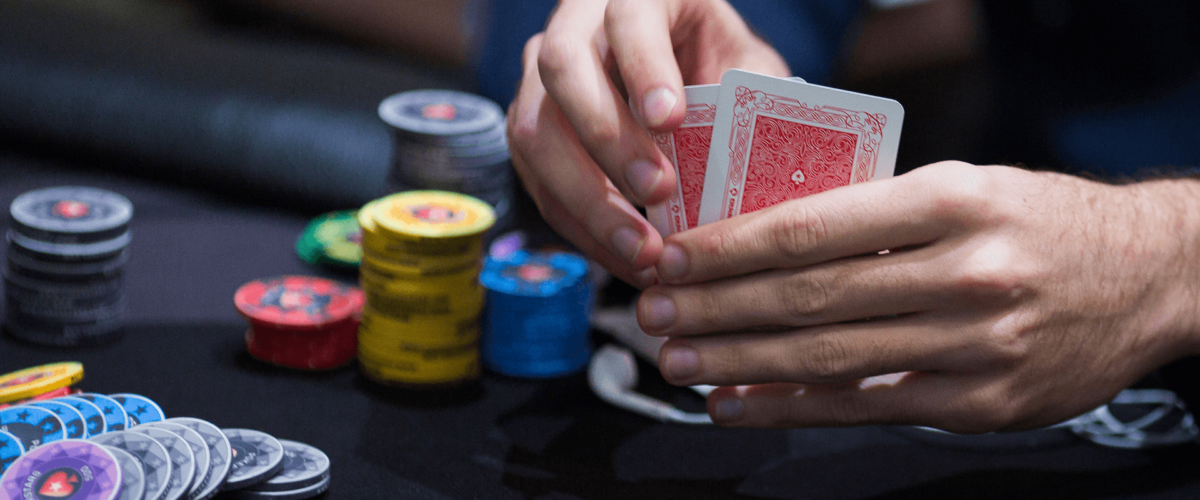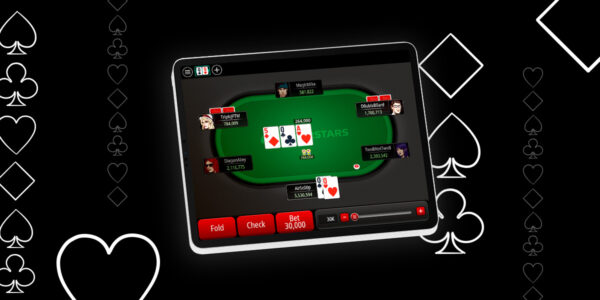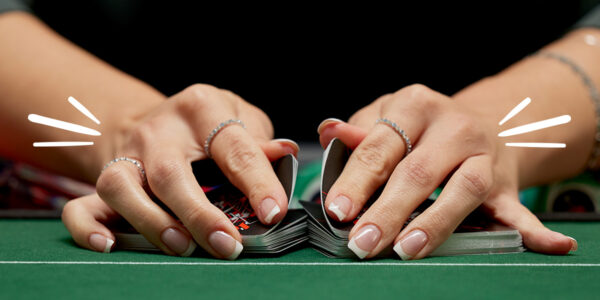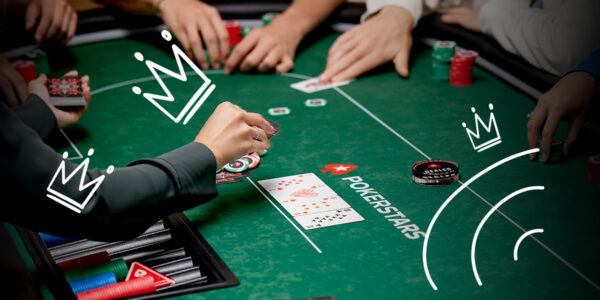Check-raising the Flop in No Limit Hold’em Poker
What does the poker term ‘Check-raise’ mean? In this poker strategy article we explain just that.
A check-raise is when one player checks his hand on the flop, another bets and then the original player comes back over the top with a raise. It’s a very effective play – both as a bluff and with a big hand – but remarkably, check-raising was banned in some Las Vegas casinos for being an example of poor etiquette! Well, the good news is that check-raising is most certainly allowed online at PokerStars in No Limit Hold’em poker – here’s how to do it successfully…
Most of the time when you check-raise it will be because you have a strong hand and want to get more money into the pot. A perfect example is when you flop a set. Let’s say you have 2♥ 2♣ in the big blind. One opponent from early position raises and you call. The flop is 2♦ K♦ Q♣ . Betting right out is a viable option with your set, but in general this is a flop where it is better to look for a check-raise. As your opponent raised pre-flop there is a good chance he will have hit a pair of Kings or Queens here, and will bet when checked to. If your opponent does bet this is not a flop to consider slow playing. There are plenty of draws that you could be up against – such as two diamonds or a straight draw like A-T – but more importantly, we have already concluded our opponent could have a strong hand so it’s important we try to win the maximum possible! Check-raising is the best way to do this.
Also, if you have been playing an aggressive game so far your opponent may not give your check-raise the credit it deserves. On a flop like this, they could put you on a draw and call down with relatively weak hands. If you have the right table image, check-raising against a curious opponent can pay huge dividends.

However, there are times when you flop a huge hand and slow playing is the best option. This is mainly when you suspect that your opponent has missed and a check-raise will just get them to fold. Let’s use the same 2♥ 2♣ hand but change the flop around for an example of when not to check-raise. This time the flop is 2♠ 5♥ 7♦ . In theory an early position raiser should have high cards, like A-K or K-J, that miss this flop completely. If you check-raise they will fold. In these type of spots it is better to slow play by check-calling in the hope that they pick something up on the turn that will give you action.
The same principles apply when you are check-raising as a bluff, but this time in reverse. Now you should be attacking flops that you think your opponent has missed, not that you hope they have hit! Using the same 2♠ 5♥ 7♦ flop, this is perfect to check-raise as a bluff. We have already concluded there is a good chance your opponent has missed, so you should take this opportunity to bluff, even if you only have a weak hand like Q-J.
In a perfect world, you will always have some chance of making the best hand when you check-raise as a bluff. This is just in case your opponent has actually hit, or is one of those players that does not like to fold. For example, a check-raise with Q-J on a T-8-2 flop is a good idea because you have lots of ways to win even if you are called. A 9 could fall on the turn and give you the nut straight, and a Queen or Jack would give you top pair. Bluffing with Q-J in this situation is much better than choosing a hand like 6-5, where you are dead when called.
Look to add more check-raises into your online poker game, both for value and as bluffs. Pay attention to your opponents and adjust your poker strategy accordingly. If they are calling too much then check-raise with your big hands all of the time and don’t bluff at all. Whereas if they are folding too much then slow play with big hands much more and look to check-raise bluff at every opportunity.
Condimentum Nibh
Donec sed odio dui. Cras mattis consectetur purus sit amet fermentum. Vestibulum id ligula porta felis euismod semper. Curabitur blandit tempus porttitor.









